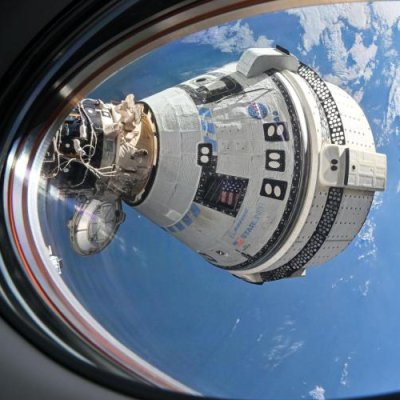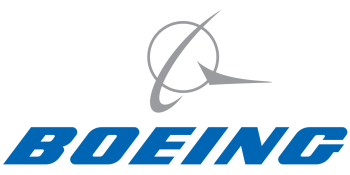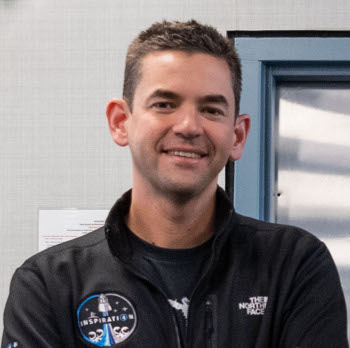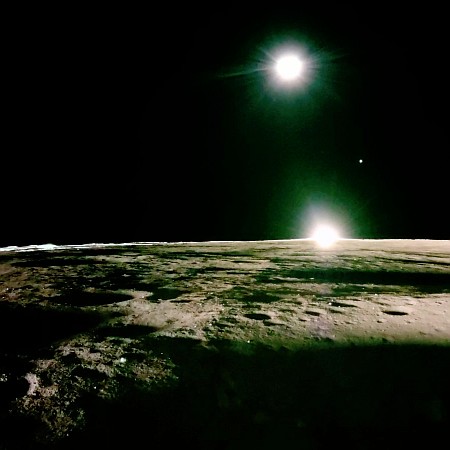NASA/Boeing: More Starliner ground engine tests throughout 2025; Next flight likely in 2026

Starliner docked to ISS.
According to a press release from NASA late yesterday, both the agency and Boeing will spend most of the rest of this year doing additional Starliner static fire engine tests of thruster redesigns before considering another flight of the capsule to ISS.
NASA and Boeing are working to finalize the scope and timelines for various propulsion system test campaigns and analysis that is targeted throughout the spring and summer. Testing at White Sands Test Facility in New Mexico will include integrated firing of key Starliner thrusters within a single service module doghouse to validate detailed thermal models and inform potential propulsion and spacecraft thermal protection system upgrades, as well as operational solutions for future flights. These solutions include adding thermal barriers within the doghouse to better regulate temperatures and changing the thruster pulse profiles in flight to prevent overheating. Meanwhile, teams are continuing testing of new helium system seal options to mitigate the risk of future leaks.
“Once we get through these planned test campaigns, we will have a better idea of when we can go fly the next Boeing flight,” said Steve Stich, manager, NASA’s Commercial Crew Program at the agency’s Kennedy Space Center in Florida. “We’ll continue to work through certification toward the end of this year and then go figure out where Starliner fits best in the schedule for the International Space Station and its crew and cargo missions. It is likely to be in the timeframe of late this calendar year or early next year for the next Starliner flight.”
The release indicated that the goal is to get the capsule certified prior to the next flight so that it can carry a crew on a fully operational mission. The release however left open the option that this next ISS flight might instead be an unmanned cargo mission. The announcement said nothing about who will pay for this flight. Under Boeing’s fixed-priced contract, it should foot the bill, but no one should be surprised if NASA works a deal to funnel money Boeing’s way.
Meanwhile, the agency has changed some of the crew assignments for that first and long-delayed operational Starliner flight, switching astronaut Mike Fincke from that mission to the next Dragon mission to launch later this year. (I suspect Fincke wanted to fly again, and was tired of sitting on his hands waiting for Boeing to get Starliner working.)

Starliner docked to ISS.
According to a press release from NASA late yesterday, both the agency and Boeing will spend most of the rest of this year doing additional Starliner static fire engine tests of thruster redesigns before considering another flight of the capsule to ISS.
NASA and Boeing are working to finalize the scope and timelines for various propulsion system test campaigns and analysis that is targeted throughout the spring and summer. Testing at White Sands Test Facility in New Mexico will include integrated firing of key Starliner thrusters within a single service module doghouse to validate detailed thermal models and inform potential propulsion and spacecraft thermal protection system upgrades, as well as operational solutions for future flights. These solutions include adding thermal barriers within the doghouse to better regulate temperatures and changing the thruster pulse profiles in flight to prevent overheating. Meanwhile, teams are continuing testing of new helium system seal options to mitigate the risk of future leaks.
“Once we get through these planned test campaigns, we will have a better idea of when we can go fly the next Boeing flight,” said Steve Stich, manager, NASA’s Commercial Crew Program at the agency’s Kennedy Space Center in Florida. “We’ll continue to work through certification toward the end of this year and then go figure out where Starliner fits best in the schedule for the International Space Station and its crew and cargo missions. It is likely to be in the timeframe of late this calendar year or early next year for the next Starliner flight.”
The release indicated that the goal is to get the capsule certified prior to the next flight so that it can carry a crew on a fully operational mission. The release however left open the option that this next ISS flight might instead be an unmanned cargo mission. The announcement said nothing about who will pay for this flight. Under Boeing’s fixed-priced contract, it should foot the bill, but no one should be surprised if NASA works a deal to funnel money Boeing’s way.
Meanwhile, the agency has changed some of the crew assignments for that first and long-delayed operational Starliner flight, switching astronaut Mike Fincke from that mission to the next Dragon mission to launch later this year. (I suspect Fincke wanted to fly again, and was tired of sitting on his hands waiting for Boeing to get Starliner working.)






